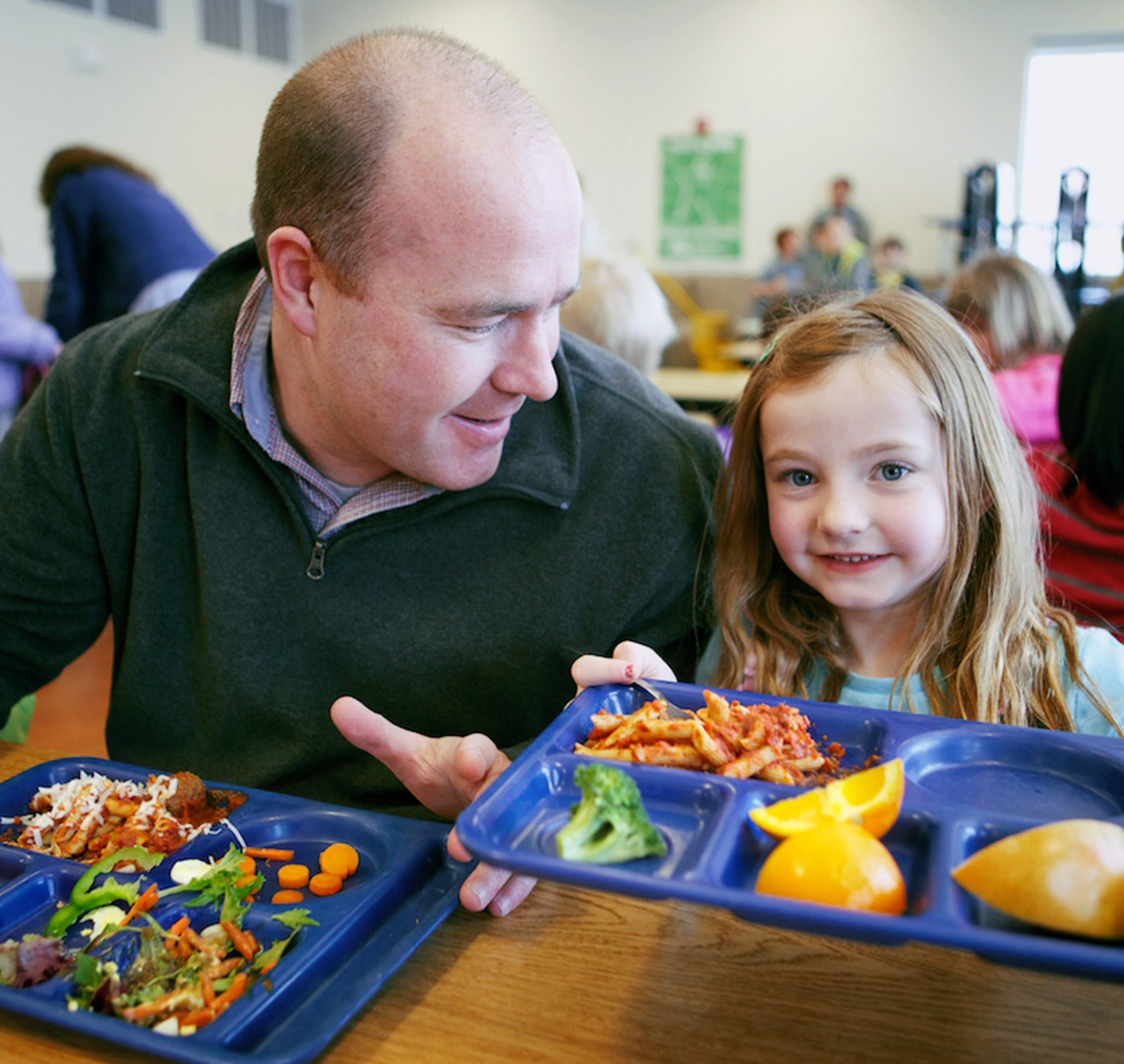
Step 1: Get Educated
This section is to help you better understand the school food system and the challenges that schools experience. For more information on the importance of school food, visit the Why School Food Matters page on our website.
The School Food Advocacy Toolkit covers: Get Educated (current page), Get Organized, Get Support, Take Action.

Step 1: Get Educated
This section is to help you better understand the school food system and the challenges that schools experience. For more information on the importance of school food, visit the Why School Food Matters page on our website.
The School Food Advocacy Toolkit covers: Get Educated (current page), Get Organized, Get Support, Take Action.
Get to Know School Food
Why School FoodFor many of the nation’s children, the NSLP offers the most nutritious meal of the day. The scope of school meals is dizzying, but crucial to understanding the importance of school food change. |
29.5 million
children eat school lunch every day |
74.1%
qualified for free or reduced-price lunch |
|
7.31 billion
meals served in 2019 |
$18.7 billion
spent on school meals in 2019 |
13.6%
of children in the U.S. are in food insecure households |
Why School FoodFor many of the nation’s children, the NSLP offers the most nutritious meal of the day. The scope of school meals is dizzying, but crucial to understanding the importance of school food change. |
|
29.5 million
children eat school lunch every day |
|
74.1%
qualified for free or reduced-price lunch |
|
7.31 billion
meals served in 2019 |
|
$18.7 billion
spent on school meals in 2019 |
|
13.6%
of children in the U.S. are in food insecure households |
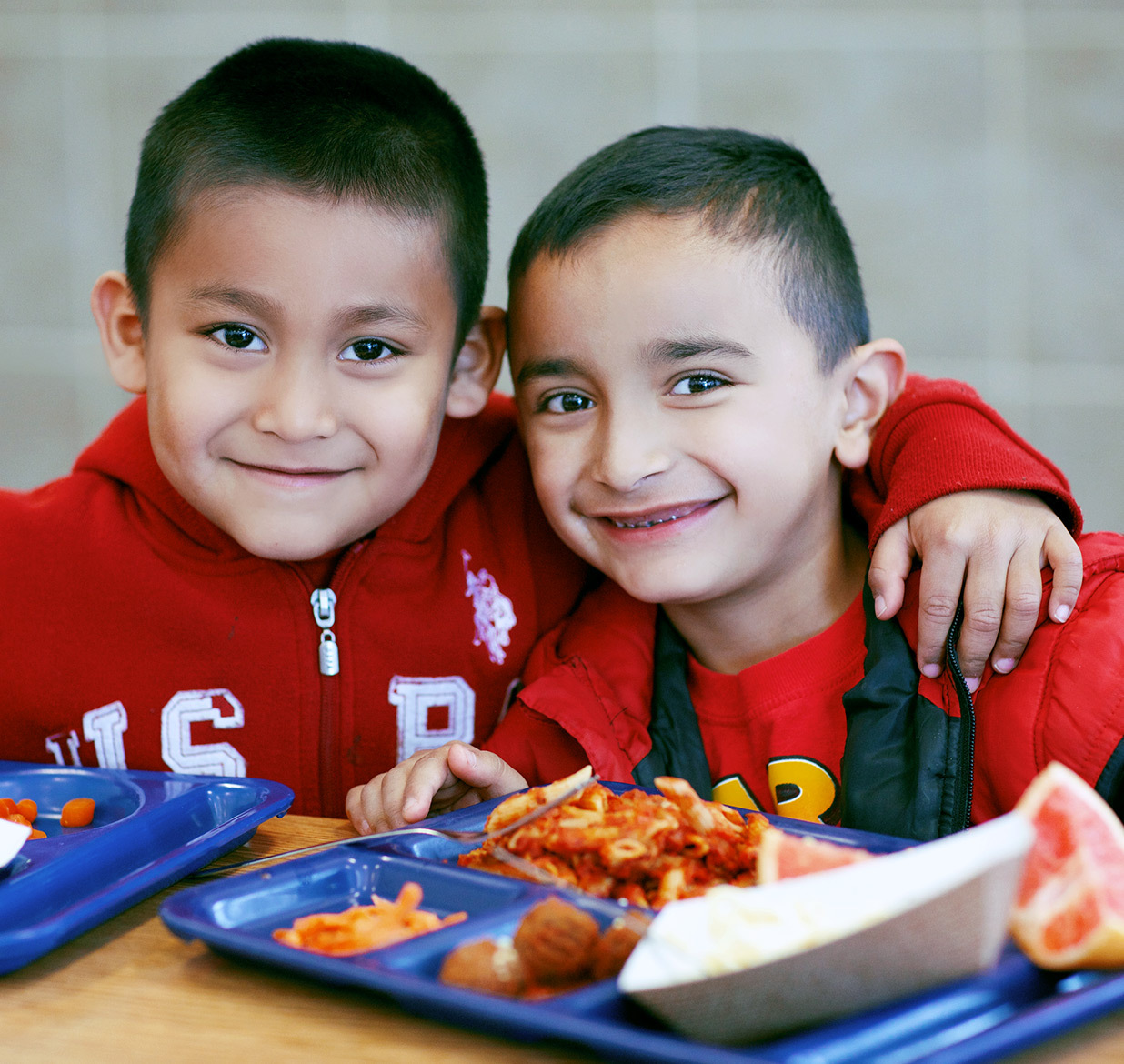
Kids Like Healthy Food
- When cafeterias serve up change with fresh and scratch cooked food, more students eat and enjoy what they’re eating!
- Offering healthy school food enhances the appeal of school meals and increases student access to local fresh fruits and vegetables.

Healthy School Food Teaches Lifelong Habits
- Through healthy school meals and lunchroom education, students learn healthy eating habits that will stick with them throughout their lives.
- Diverse school food offerings give students opportunities to learn more about and interact with the world around them through the reflection and celebration of different cultural backgrounds in food.
- School food can teach students about sustainability, local economies and local producers, nutrition, and can add a new dimension to classroom education.
What is School Food?
School Food At A Glance
Understanding school food in America can be dizzying. In this infographic, we break down the following topics in a way that is easy to digest!
Decisions regarding school food are made at many levels of government and community, from federal to local. The Center for Ecoliteracy created this outline, which clearly delineates the levels of authority and their responsibilities.
The Healthy Hunger-Free Kids Act of 2010 (HHFKA) centers on improving school food standards for fruit, vegetable, and whole-grain portions, while placing limits on sodium and fats. The legislation, which has been in effect since 2012, covers topics ranging from local wellness policies to school fundraiser concessions. This resource shares more about how HHFKA came to be, and the Center for Science in the Public Interest created a resource that shares more about the impact of HHFKA.
Understand the School Food System
Here are some additional resources to support you in learning more about the different aspects of a district’s meal program.
- Wellness Policies -- Action for Healthy Kids’ School Wellness Policies 101 offers some great information and suggestions for working with school wellness policies.
- Health and Wellness -- Alliance for a Healthier Generation features a variety of resources for parents, educators, and community members to learn more about childhood health and wellness.
- About School Food -- Center for Ecoliteracy’s Rethinking School Food Guide offers a comprehensive look at school food and how families can support school food change through policy.
- Research & Policy -- Kids Safe and Healthful Food Project: Promoting Safe and Healthy School Foods Now examines the impact of healthy school meals and provides evidence-based recommendations on policies.
- Decision-making -- Mapping School Food: A Policy Guide walks you through how decisions are made in the school food environment and how to implement change.
- Farm to School -- National Farm to School Network features resources for creating farm to school programs and lists research about the benefits of healthy school food.
- Student Education -- The Edible Schoolyard Project focuses on hands-on experiences to connect students to food, nature and each other. Resources include garden, kitchen, and cafeteria educational guides, with offerings to teach at home.
Get to Know Your School
Do Lunch With Your Child
It’s important to experience the food at your child’s school in order to gain a deeper understanding of school food and be able to discuss in greater detail with decision makers. One of the best ways to accomplish this is to “do lunch” with your child or children. If your children are in different grades, it’s a good idea to eat with them all, as the menu and service across grades and schools in the district may differ. Note: this toolkit was originally written for “normal” school food operations. In-person may not be available due to COVID at this time.
Schedule a time with your child’s school to “do lunch” and print out the worksheet below to follow along during the meal.
Your District’s Local Wellness Policy
The Child Nutrition Act requires all schools participating in the National School Lunch Program or the School Breakfast Program to write and implement a local school wellness policy. This document covers everything from school food to nutrition education programs to physical activity recommendations. The USDA’s Local School Wellness Policy page details the background, requirements and evaluation of these policies. It’s important to familiarize yourself with your district’s Local Wellness Policy.
Note: Keep in mind that sometimes the district’s main school food priorities may not be outlined in a wellness policy, visit the Get Support section for more discussion on identifying others priorities and alignment with your advocacy group.


Your District’s Local Wellness Policy
The Child Nutrition Act requires all schools participating in the National School Lunch Program or the School Breakfast Program to write and implement a local school wellness policy. This document covers everything from school food to nutrition education programs to physical activity recommendations. The USDA’s Local School Wellness Policy page details the background, requirements and evaluation of these policies. It’s important to familiarize yourself with your district’s Local Wellness Policy.
Note: Keep in mind that sometimes the district’s main school food priorities may not be outlined in a wellness policy, visit the Get Support section for more discussion on identifying others priorities and alignment with your advocacy group.
How to Understand Your District’s Wellness Policy
Find your school district’s Local Wellness Policy. These documents are often posted on district websites or can be obtained from the district office.
Review the Local Wellness Policy and identify points where your goals (and the goals of your advocacy group) intersect with those of the district.
As your advocacy group forms and decides what areas to focus on, continue to revisit your district’s Local Wellness Policy to look for ways to integrate your passions and advocacy within the district’s priorities.
Identify Priorities
Before you begin to reach out to others in the community, it’s important to determine your top priorities. There are lots of opportunities in the world of school food, so choosing where to start will help focus your work and help you bring together stakeholders for your advocacy group. Determine if the issues you’re interested in are school-based or district-based. District-based decisions can include things like local procurement and length of lunch periods, while school-based decisions include things like school gardens and lunch period scheduling. A good rule of thumb is that most systemic and sustainable changes happen at the district level, and that a few smaller changes to begin with can lead to larger, more sustainable change in the future. Consider factors as you choose priorities.
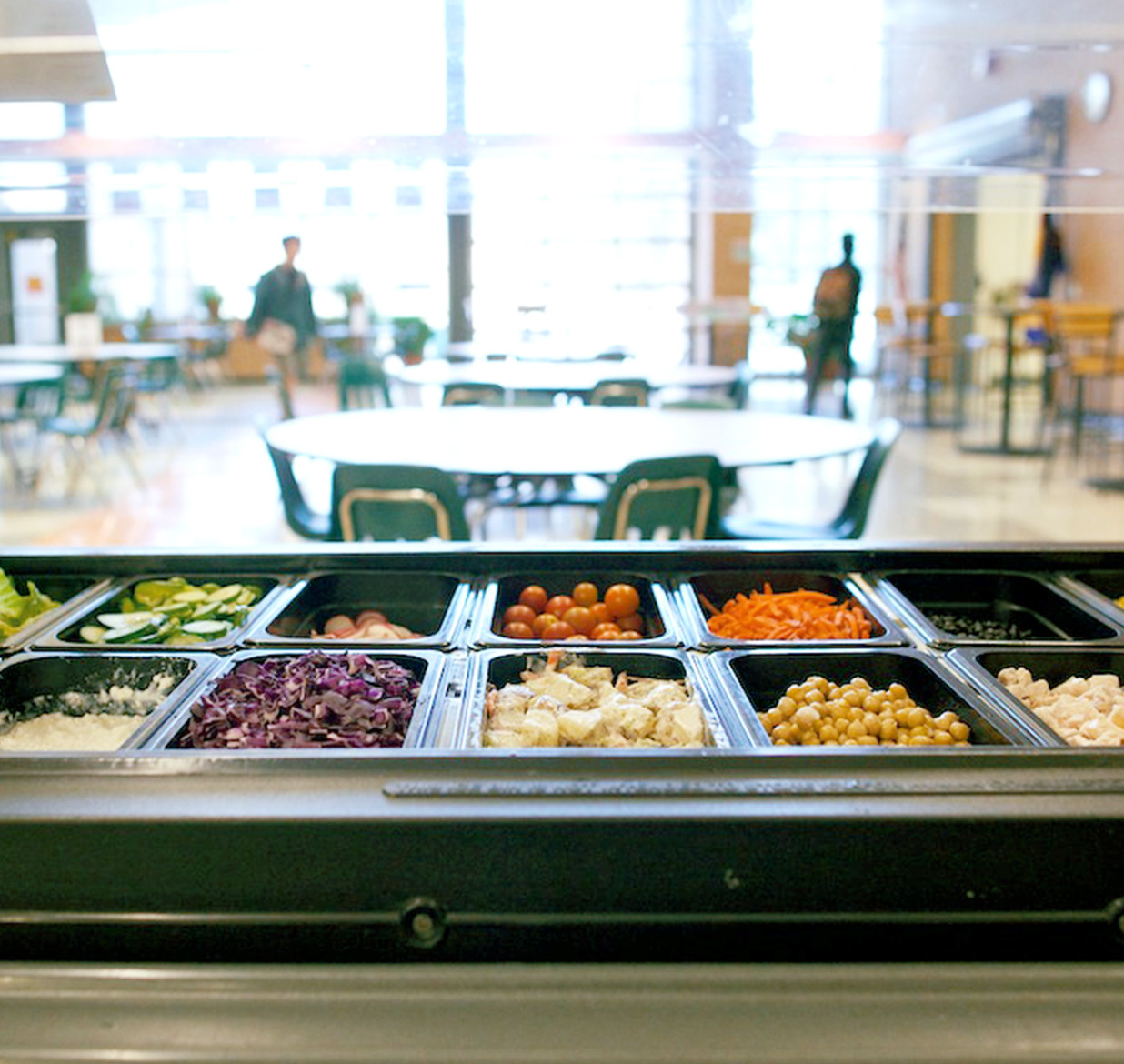

Identify Priorities
Before you begin to reach out to others in the community, it’s important to determine your top priorities. There are lots of opportunities in the world of school food, so choosing where to start will help focus your work and help you bring together stakeholders for your advocacy group. Determine if the issues you’re interested in are school-based or district-based. District-based decisions can include things like local procurement and length of lunch periods, while school-based decisions include things like school gardens and lunch period scheduling. A good rule of thumb is that most systemic and sustainable changes happen at the district level, and that a few smaller changes to begin with can lead to larger, more sustainable change in the future. Consider factors as you choose priorities.
- District: Salad bars with fresh produce
- District: Local sourcing
- School: School gardens
- School: Nutrition education (in classrooms & in the lunchroom)
- District: Fresh breakfast (ideally scratch-cooked)
- District: Longer lunch periods
- District: Ingredient transparency
As you identify your priorities, consider implementation factors, such as:
- Which changes will be easy to make?
- Which will have the most impact?
- Which will require significant organization and advocacy?
- Once you have your priorities, be flexible. Know that they might change once you Get Organized and Get Support.
Child & Adolescent Nutrition
It is often helpful to have an understanding of nutrition recommendations for children and young adults as you begin your work. Here are some resources that explain in more detail.
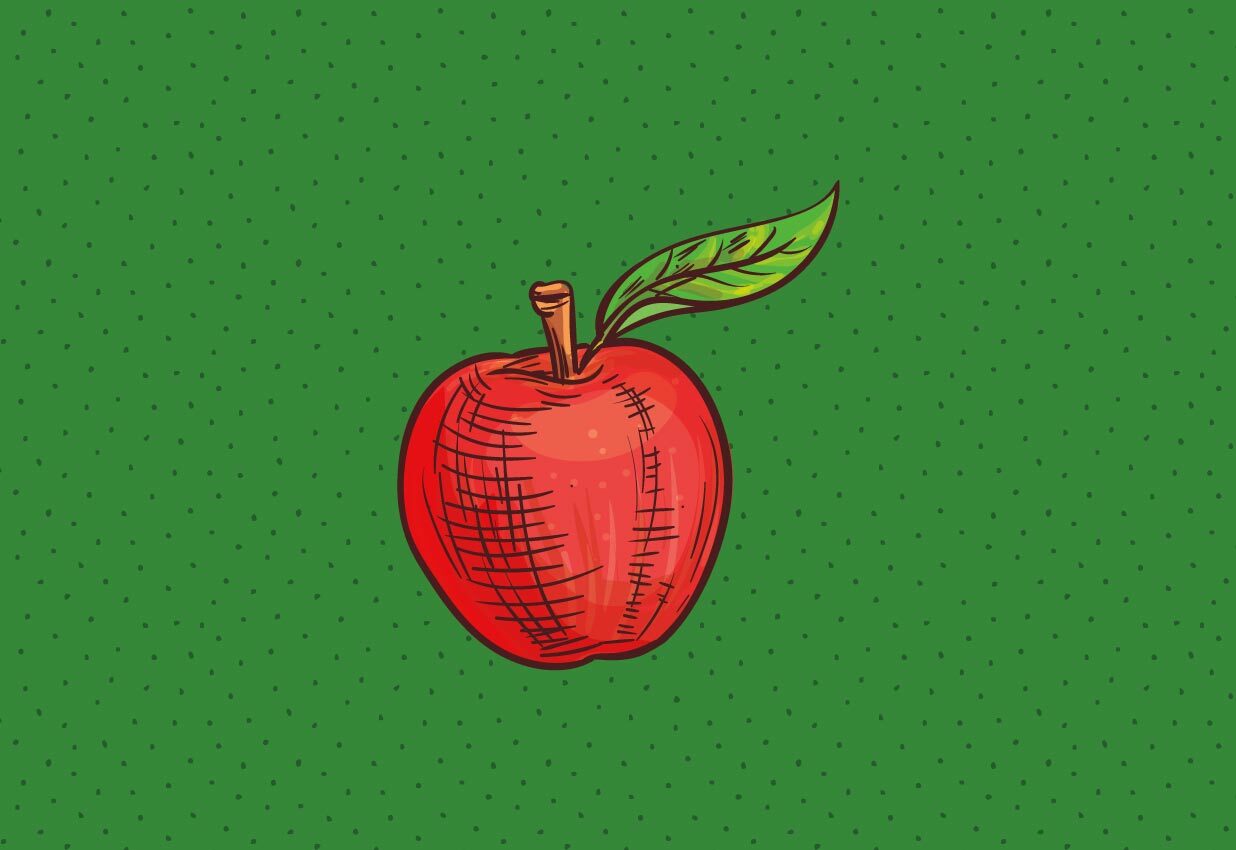
Nutrition for Kids: Guidelines for a healthy diet: This resource from Mayo Clinic details dietary basics for children and adolescents.
Eating Healthy: The Center For Science in the Public Interest pulls together independent, science-based advice about what to eat and what to avoid when it comes to a healthy diet.

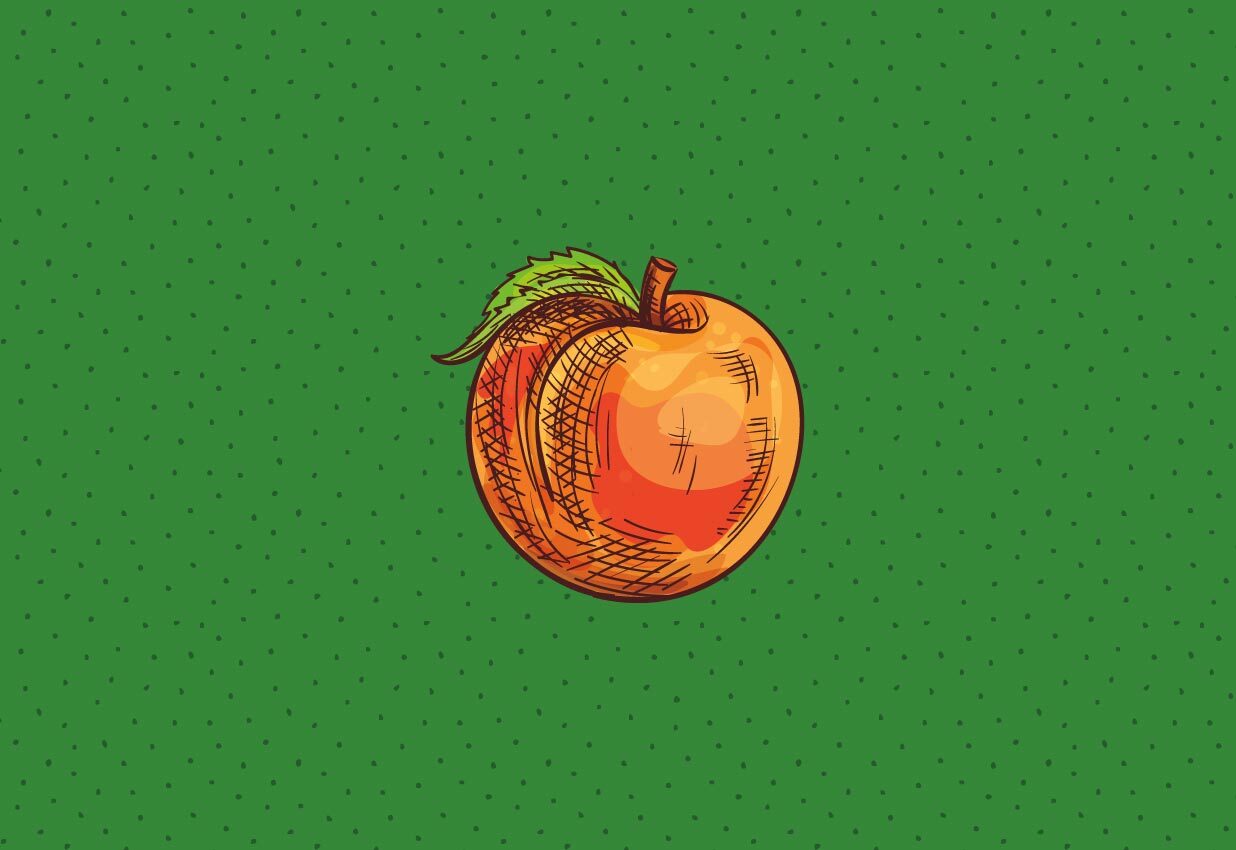
My Plate: Based off of the USDA’s Dietary Guidelines for Americans, this site includes resources to help you and your family eat a healthy, varied diet. Browse by audience to find tools focused on children, teenagers, adults and families.
Dietary Guidelines for Americans: Updated every five years by the Department of Health & Human Services and the USDA.

You’re ready for the next step!
Check out the Get Organized section.
You’re ready for the next step!
Check out the Get Organized section.












